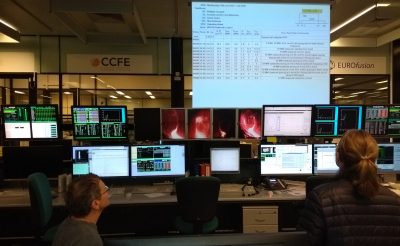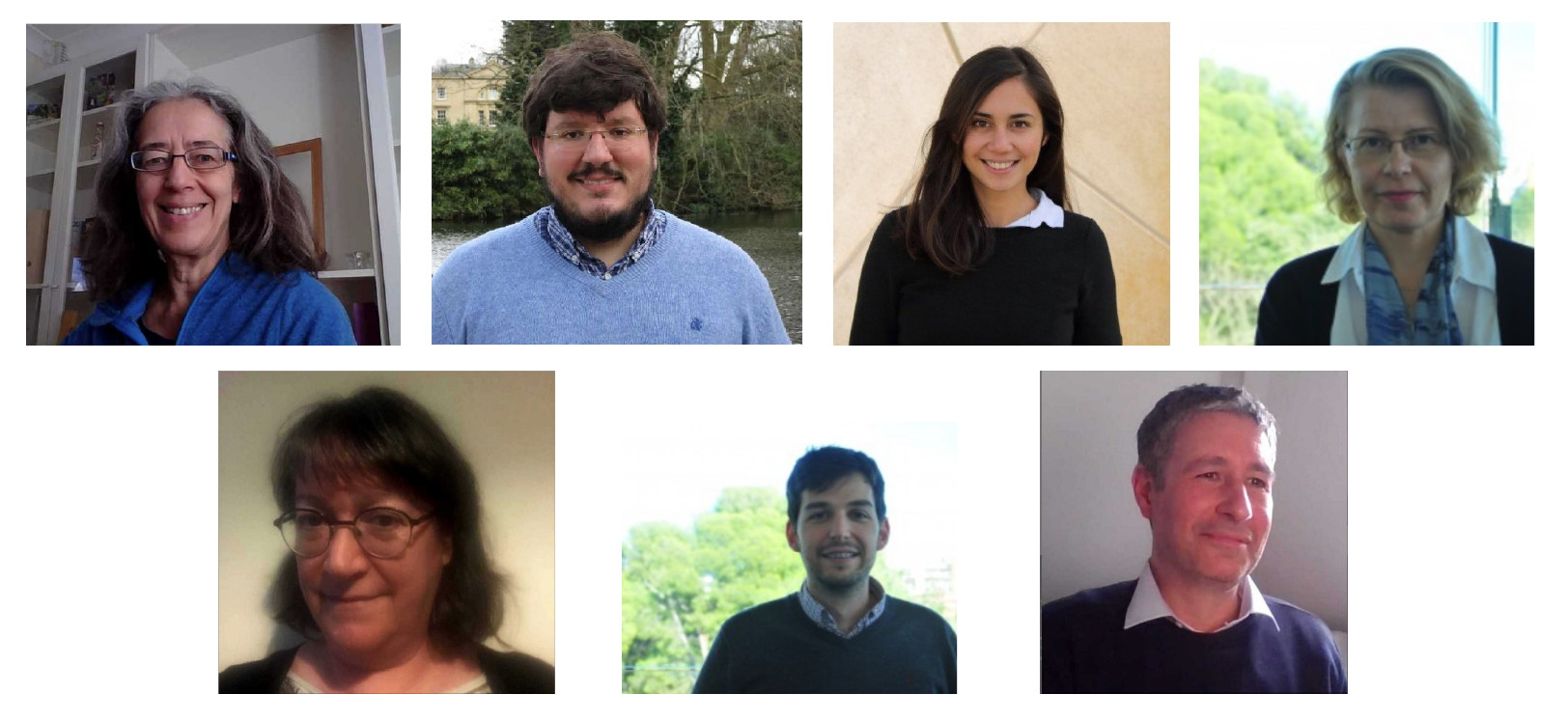
The fusion community is living interesting times as the Deuterium-Tritium (D-T) campaign at the Joint European Torus (JET, UK) approaches. This is the type of plasma with the greatest fusion cross section and, therefore, the one with the highest chances of providing commercial fusion energy. This campaign will serve as a testbed for ITER‘s future experiments, the experimental fusion reactor that should provide 10 times the energy which is actually used to operate the machine.
One of the main focus of study for the fusion community is the so-called isotope effect. This is the impact that different atomic masses of the hydrogen (H) isotope, D and T, have on the plasma behaviour, or more precisely, on its confinement. At the moment, such valuable experiments can only be done at JET. There is a big international team conducting these experiments, however, we would like to emphasize in this post the role of some of the Spanish scientists involved in these experiments and, in particular, the role of our Fusion Group members, Mervi Mantsinen and Dani Gallart. The role of these scientists is different in each case, nevertheless, the final goal is always the same, make fusion energy a reality some day.

Mervi Mantsinen, ICREA research professor and leader of the Fusion Group at BSC and Philippe Jacquet (UKAEA, United Kingdom) lead the study of plasma heating through radio frequency waves. They study multiple schemes with different ionic species, to determine in which scenarios the plasma performance is optimized and, in particular, in which the so-called high-performance is achieved. This experiment is in close collaboration with the modeling task coordinated by Dani Gallart, member of the Fusion Group at BSC, that aims at predicting the heating of Deuterium -Tritium plasmas. Reaching high temperatures and being capable of controlling impurities through ICRF waves is one of the main steps towards reaching high-performance conditions.
Emilia Solano, a scientist at the National Fusion Laboratory (CIEMAT), together with Félix Parra, from the University of Oxford (United Kingdom), lead the international team that carried out the initial experiments of the Tritium campaign on December 7, 2020. This team studies phase changes called L-to-H transitions. An L-phase plasma confines plasma particles and energy to a low level. By adding heating the plasma can move to a phase called H, with higher confinement. During the experiments in December the plasma was heated with radio frequency waves, identifying the power necessary to produce the L to H phase change when the composition of the plasma gradually changes from Hydrogen to Tritium. Once Tritium plasmas were established, the experiments continued to study the phase change as a function of the density of the plasma. The initial results were surprising and are being studied very carefully.
Damian King (UKAEA, United Kingdom) and Eleonora Viezzer (University of Seville, Spain) are in charge of continuing the study of confinement in mixtures of Hydrogen and Tritium, now purely in phase H, at the end of January 2021. They will use neutral beam injection heating.
The JET Tritium campaigns have been designed to optimize the results of the future Deuterium-Tritium campaign in JET, and to improve the predictions for ITER. They contain a wide variety of experiments.
Elena de la Luna (CIEMAT) and Jerónimo García (CEA, France) belong to the management team that organizes the campaigns. CIEMAT, University of Seville and ICREA provide additional experts to these and other experiments and studies at JET.
Source: CIEMAT news

2 thoughts on “Our contributions to the historic fusion experiments at Joint European Torus (JET)”